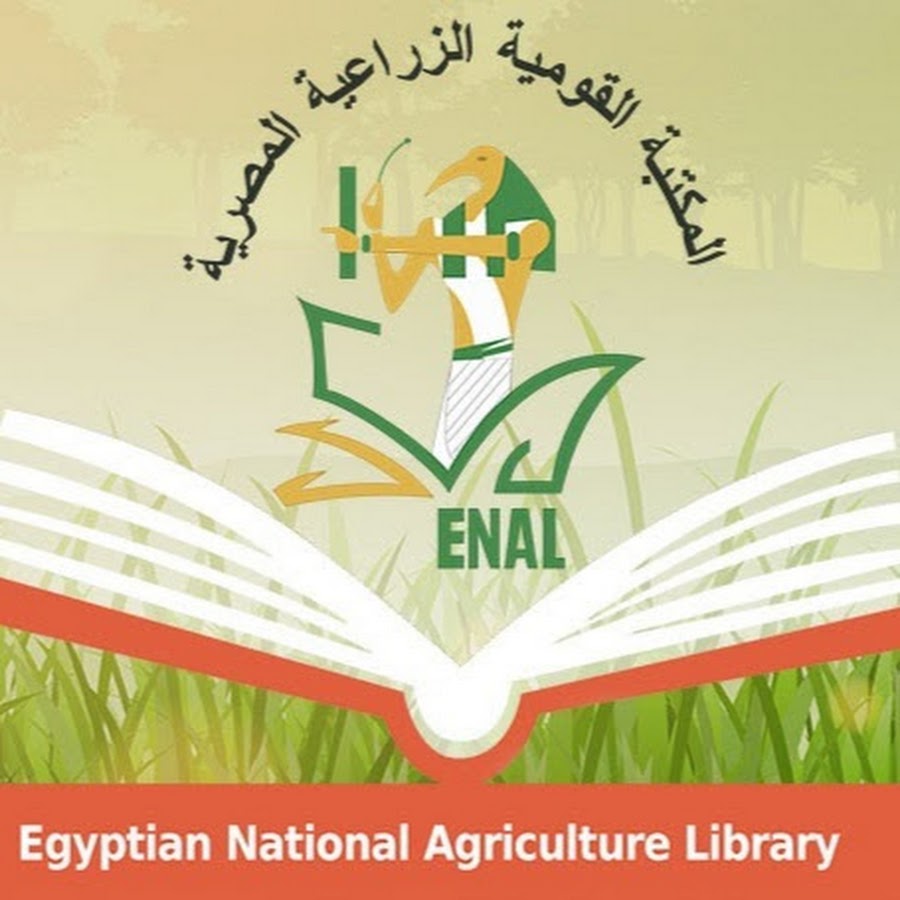Assessment of nematode-induced diseases in chili fields of Karachi: Implications for sustainable crop management
DOI:
https://doi.org/10.63072/aab.23007Keywords:
Chili (Capsicum spp.), Diseases, Nematodes, Plant-parasitic nematodes, TaxonomyAbstract
Nematodes represent significant pathogens affecting chili (Capsicum spp.) production, leading to various diseases that significantly reduce crop yield. This study conducted a comprehensive survey in chili fields located at the University of Karachi near the UBIT department and one field in Gadap Town to assess nematode populations. A total of fifteen soil samples were randomly collected from plant roots and subsequently analyzed in the laboratory, revealing a diverse array of nematodes. Identified species included Longidorus elongatus, Pratylenchuscoffeae, Tylenchorhynchus elegans, Helicotylenchusdigonicus, Hoplolaimus indicus, Tylenchus spp., Ditylenchus spp., Hemicriconemoides spp., Aphelenchus spp., and Xiphinema spp., alongside numerous free-living nematodes. The populations of plant-parasitic nematodes (PPN) were notably high, comprising various genera and species that actively attack chili plants, resulting in symptoms such as yellowing, stunting, wilting, dieback, decline, leaf distortion, root rots, gall formation, leaf drop, and other detrimental effects. The taxonomy and systematics of these nematode genera and species are comprehensively discussed, supported by detailed descriptions, illustrations, and photographs. Understanding the diversity and impact of nematodes on chili crops is crucial for implementing effective management strategies. This study emphasizes the urgent need for sustainable nematode control measures to mitigate yield losses and ensure the long-term sustainability of chili production. © 2023 The Author(s)
Downloads
Published
How to Cite
Issue
Section
License
Copyright (c) 2023 Advances in Agriculture and Biology

This work is licensed under a Creative Commons Attribution-NonCommercial 4.0 International License.


























